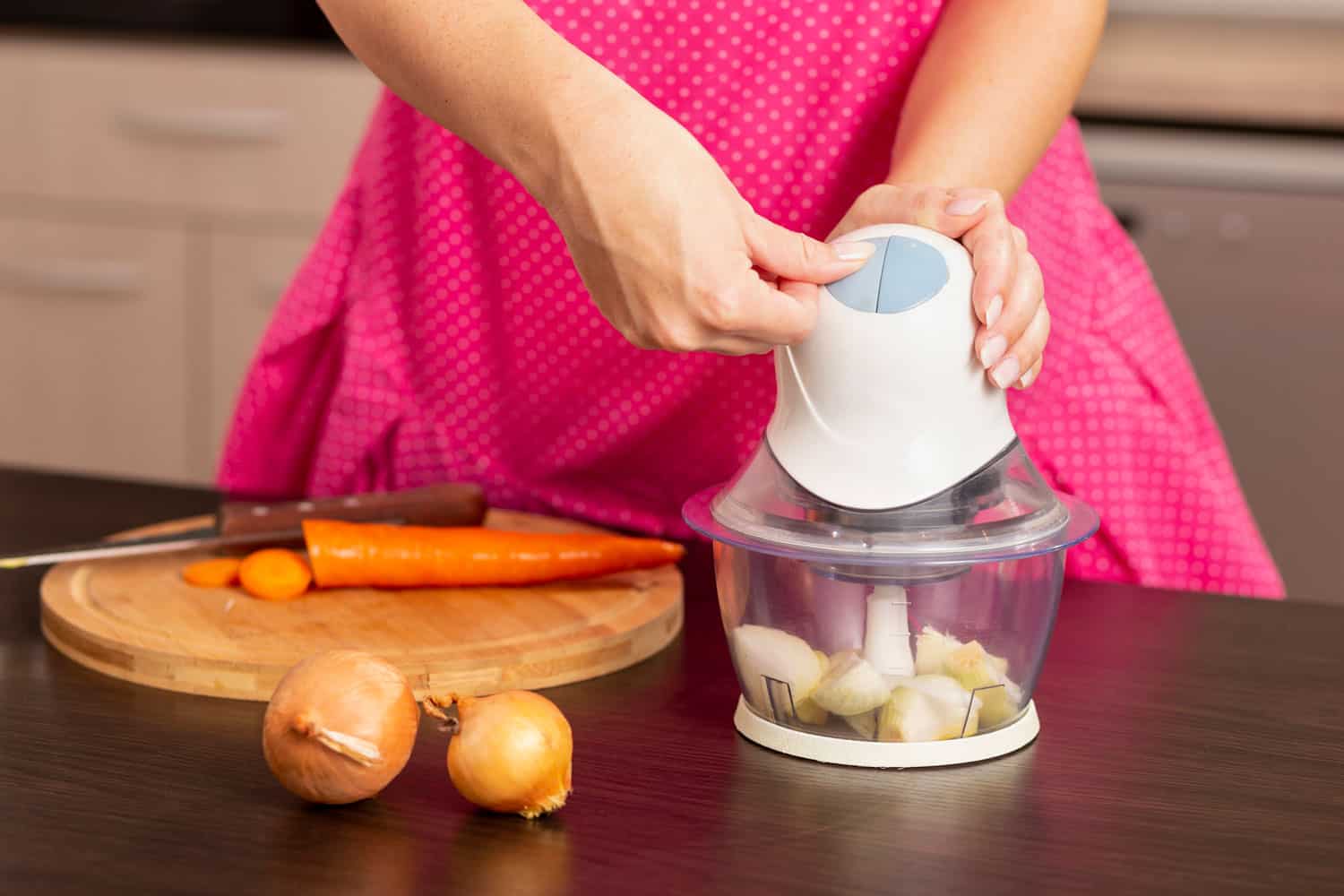

Articles
How To Chop Onion In Food Processor
Modified: February 27, 2024
Learn how to chop onions quickly and easily using a food processor. Read our informative articles for expert tips and techniques.
(Many of the links in this article redirect to a specific reviewed product. Your purchase of these products through affiliate links helps to generate commission for Storables.com, at no extra cost. Learn more)
Introduction
Welcome to this article on how to chop an onion in a food processor. Cooking with onions is a staple in many recipes, adding flavor and aroma to dishes. However, chopping onions can be a teary and time-consuming task. That’s where a food processor comes to the rescue. With its powerful blades and efficient chopping action, a food processor can make quick work of chopping onions.
In this article, we will take you through the step-by-step process of using a food processor to chop onions. We will also explore the benefits of using a food processor for this task and provide some tips on cleaning and maintaining your food processor to ensure its longevity.
So, if you want to save time and effort in the kitchen while still enjoying the delicious flavor of freshly chopped onions, let’s get started!
Key Takeaways:
- Say goodbye to teary eyes and tedious chopping! A food processor makes chopping onions quick, efficient, and tear-free, giving you more time to enjoy your meals and less time in the kitchen.
- Enjoy the convenience, speed, and precision of a food processor. From saving time to achieving consistent results, chopping onions has never been easier. Let the food processor do the hard work for you!
Read more: How To Chop Onions With Ninja Food Processor
Benefits of Using a Food Processor
A food processor is a versatile kitchen appliance that can be a valuable tool when it comes to chopping onions. Here are some of the key benefits of using a food processor for this task:
- Time-saving: Chopping onions by hand can be a tedious and time-consuming task. With a food processor, you can significantly reduce the amount of time it takes to chop onions, allowing you to spend less time in the kitchen and more time enjoying your meal.
- Consistent results: One of the challenges of chopping onions by hand is achieving consistent results. Unevenly chopped onions can affect the texture and taste of your dish. A food processor ensures uniform and precise chopping, resulting in evenly diced onions for a more professional and appealing presentation.
- Reduced tears: Onions release sulfur compounds when cut, which can irritate the eyes and cause tears. Chopping onions in a food processor can minimize the exposure to these compounds, reducing the likelihood of tears. Additionally, the enclosed design of a food processor helps prevent the onion’s strong odor from spreading throughout the kitchen.
- Effortless operation: A food processor is designed to handle heavy-duty chopping tasks, making it effortless to process large quantities of onions. With simple controls and powerful motorized blades, the food processor does the hard work for you, giving you more time and energy for other cooking tasks.
- Versatility: The benefits of a food processor extend beyond chopping onions. Most food processors come with interchangeable blades and attachments, allowing you to perform a variety of tasks, such as slicing, shredding, pureeing, and grinding. This versatility makes a food processor a valuable addition to any kitchen.
Now that you are aware of the benefits of using a food processor, let’s dive into the step-by-step process of chopping onions with this efficient kitchen gadget.
Preparing the Onion
Before you can start chopping the onion in a food processor, it’s important to properly prepare the onion. Follow these steps:
- Choose the right onion: Select a fresh onion that is firm and free from blemishes. The size of the onion will depend on your recipe and the amount of chopped onion you need.
- Peel the onion: Begin by removing the dry, papery skin of the onion. Cut off the root end and discard it. This will make it easier to handle and chop the onion.
- Cut the onion in half: Slice the onion in half from top to bottom. This will create two halves with the root and stem ends intact.
- Remove the inner core (optional): If you prefer a milder flavor, you can remove the white inner core of the onion. To do this, make a diagonal cut from the stem end towards the center of each onion half, removing the triangular core.
- Peel the layers (optional): If you want smaller, more finely chopped pieces of onion, you can peel the individual layers of the onion halves. This can be especially useful when using a food processor with a smaller feed tube.
Once you have prepared the onion, you are ready to move on to the next step: chopping the onion in the food processor.
Step 1: Remove the Onion Skin
The first step in chopping an onion using a food processor is to remove the skin. Follow these simple instructions:
- Place the onion on a cutting board: Take one of the prepared onion halves and place it on a clean and stable cutting board.
- Hold the onion: Hold the onion firmly with one hand, using your fingers to grip the onion from the top and bottom.
- Peel the skin: With a sharp knife, gently slide the blade under the outer layer of the onion skin, starting from the top or bottom. Slowly peel off the skin, rotating the onion as you go, until the whole onion is completely peeled. Discard the onion skin.
- Repeat for the other onion halves: Repeat the process for the remaining prepared onion halves.
Removing the onion skin is an essential step as it ensures that only the fresh and edible part of the onion goes into the food processor. Once the skin has been removed, you can proceed to the next step of cutting the onion into smaller chunks.
Step 2: Cut the Onion into Smaller Chunks
After removing the skin, the next step in chopping an onion with a food processor is to cut it into smaller chunks. Follow these steps:
- Place the onion halves on a cutting board: Take the peeled onion halves and place them on a clean and stable cutting board.
- Hold the onion: Hold the onion halves firmly with one hand, using your fingers to grip the onion from the top and bottom.
- Cut the onion lengthwise: With a sharp knife, make lengthwise cuts in the onion halves to create thin strips. Start from one end and work your way to the other end. The width of the strips will depend on the desired size of the chopped onion pieces.
- Cut the strips crosswise into chunks: Once you have made the lengthwise cuts, turn the onion halves 90 degrees and cut across the strips to create smaller chunks. Again, the size of the chunks will depend on your preference and recipe requirements.
- Repeat for the remaining onion halves: Repeat the cutting process for the remaining prepared onion halves.
Cutting the onion into smaller chunks allows the food processor to process the onion more efficiently and evenly. It also ensures that you have control over the size and texture of the chopped onion. Once you have cut the onion into smaller chunks, you are now ready to assemble your food processor for the next step.
Step 3: Assemble the Food Processor
Once you have prepared the onion by removing the skin and cutting it into smaller chunks, it’s time to assemble your food processor. Follow these steps:
- Place the bowl on the base: Start by placing the bowl of the food processor onto the base. Ensure that it locks securely into place.
- Attach the chopping blade: Insert the chopping blade into the center of the food processor bowl. The blade should fit snugly and be securely attached.
- Place the lid: Take the lid of the food processor and position it on top of the bowl. Ensure that the lid locks into place or clips onto the bowl, depending on the design of your food processor.
- Secure the lid: Some food processors have safety mechanisms that require you to secure the lid before operating the appliance. Follow the instructions provided by the manufacturer to properly secure the lid.
- Make sure the food processor is stable: Ensure that the food processor is placed on a stable surface and that it is properly aligned and balanced. This will prevent any accidents or spills during the chopping process.
Assembling the food processor correctly is crucial to ensure its proper functioning and safety. Once you have assembled the food processor, you are ready to move on to the next step of processing the onion.
When chopping onions in a food processor, make sure to pulse the onion to avoid over-processing and ending up with a mushy texture. Start with a few quick pulses and check the consistency frequently.
Step 4: Process the Onion
With your food processor assembled and ready to go, it’s time to process the onion. Follow these steps:
- Add the onion chunks to the food processor: Open the lid of the food processor and carefully add the prepared onion chunks into the bowl. Be mindful not to overfill the bowl to ensure efficient and uniform chopping.
- Close the lid: Securely close the lid of the food processor, ensuring that it is properly locked in place. This will prevent any accidental spills or splatters during the chopping process.
- Select the chopping speed: Depending on your food processor, you may have options to choose from different chopping speeds. Select the appropriate speed for your desired result. For most onions, a medium to high speed setting works well.
- Turn on the food processor: Plug in the food processor and press the power button to turn it on. The chopping blades will start spinning and chop the onion.
- Process the onion: Allow the food processor to run for a few seconds or until the onion reaches your desired consistency. Keep an eye on the onion and stop the food processor when you have achieved the desired level of chop.
- Check for any large pieces: Open the food processor and check if there are any large or unchopped pieces of onion. If necessary, use a spatula to scrape down the sides of the bowl and pulse the food processor again for a few seconds to ensure even chopping.
Processing the onion in the food processor will result in evenly chopped pieces. The chopping time will vary depending on the desired level of chop and the power of your food processor. Once the onion is processed to your satisfaction, you can move on to the next step of adjusting the consistency, if desired.
Step 5: Adjust the Consistency (Optional)
After processing the onion in the food processor, you may find that the consistency is not exactly what you’re looking for. If you prefer a finer or coarser texture, you can easily adjust the consistency of the chopped onion. Follow these steps:
- For a finer texture: If you want a finer consistency, simply pulse the food processor for a few additional seconds. This will further break down the onion pieces and create a smaller chop. Be careful not to over-process the onion, as it can quickly turn into a puree.
- For a coarser texture: If you prefer a chunkier texture, open the food processor and remove a portion of the chopped onion. Set it aside and pulse the remaining onion in the food processor for a shorter duration. This will create larger chunks and give you a coarser consistency.
Adjusting the consistency of the chopped onion is entirely optional and depends on your personal preference or the specific requirements of your recipe. Experiment with different processing times to achieve the desired texture before moving on to the final step of transferring the chopped onion.
Step 6: Transfer the Chopped Onion
Once you have achieved the desired consistency of the chopped onion, it’s time to transfer it from the food processor to a suitable container or directly into your recipe. Follow these steps:
- Turn off the food processor: Ensure that the food processor is turned off and unplugged before proceeding to prevent any accidental injuries.
- Open the food processor: Unlock and remove the lid of the food processor. Carefully lift the bowl from the base and place it on a stable surface, being cautious not to spill the contents.
- Scrape down the sides: With a spatula or a spoon, scrape down the sides of the food processor bowl to gather any remaining chopped onion. This will ensure that you make the most of your onion and minimize waste.
- Transfer to a container or recipe: Depending on your needs, transfer the chopped onion to a suitable container for storage or directly into your cooking pot or recipe. Use a spatula or spoon to scoop out the chopped onion, ensuring you get all of it.
- Seal or mix the chopped onion: If you are transferring the chopped onion to a container for storage, make sure to seal it tightly to maintain its freshness. If adding the chopped onion directly into a recipe, give it a gentle stir to incorporate it evenly.
Transferring the chopped onion is the final step in the process. With the chopped onion ready to use, you can now proceed with your cooking or store it for future use. Remember to clean and maintain your food processor for its longevity, as we will discuss in the next section.
Read more: How To Chop With A Food Processor
Cleaning and Maintenance
Proper cleaning and maintenance of your food processor will help ensure its longevity and efficient performance. Follow these guidelines for cleaning and maintaining your food processor:
- Unplug the food processor: Before cleaning any appliance, always unplug it from the power source to prevent any electrical accidents.
- Disassemble the food processor: Carefully disassemble the different parts of the food processor, including the bowl, lid, and blades. Refer to the manufacturer’s instructions for specific disassembly guidelines.
- Hand wash or use a dishwasher: Most food processor parts are dishwasher-safe, but to ensure thorough cleaning, it’s recommended to hand wash them. Use warm, soapy water and a non-abrasive sponge or brush to clean the parts. Rinse them well and let them air dry completely before reassembling.
- Clean the base: Wipe the base of the food processor with a damp cloth or sponge, ensuring that no food residue or liquid remains. Avoid submerging the base in water or using abrasive cleaners that can damage the appliance.
- Sharpen or replace blades (if needed): Over time, the blades of your food processor may become dull. If you notice reduced performance or dull blades, consider sharpening or replacing them according to the manufacturer’s instructions.
- Store the food processor properly: When not in use, store the disassembled parts of the food processor in a dry and clean location. Make sure that all parts are fully dry to avoid any potential buildup of moisture or odor.
- Regular maintenance: Periodically check the seals, buttons, and other components of your food processor for any signs of wear or damage. If necessary, contact the manufacturer for repair or replacement options.
By following proper cleaning and maintenance practices, you can extend the lifespan of your food processor and ensure its optimal performance for many years. Now that you know how to clean and maintain your food processor, you can confidently use it for all your chopping needs!
Conclusion
Chopping onions can be time-consuming and tear-inducing, but with the help of a food processor, this task can be quick, efficient, and tear-free. In this article, we have covered the step-by-step process of using a food processor to chop onions, starting from preparing the onion by removing the skin and cutting it into smaller chunks.
We have also discussed the benefits of using a food processor for chopping onions, such as saving time, achieving consistent results, reducing tears, and enjoying effortless operation. The versatility of a food processor allows it to be a valuable addition to any kitchen, serving various chopping and food preparation needs.
Throughout the process, we emphasized the importance of proper assembly, adjusting the consistency, and transferring the chopped onion to a suitable container or recipe. We have also provided guidelines for cleaning and maintaining your food processor to ensure its longevity and efficient performance.
By following these steps and tips, you can confidently use your food processor to chop onions and enhance your culinary experience. Say goodbye to teary eyes and tedious chopping, and say hello to efficiently chopped onions that add flavor and aroma to your favorite dishes.
So, the next time you find yourself in the kitchen, reach for your food processor and let it do the hard work for you. Enjoy the convenience, speed, and precision that a food processor brings to your cooking adventures!
Frequently Asked Questions about How To Chop Onion In Food Processor
Was this page helpful?
At Storables.com, we guarantee accurate and reliable information. Our content, validated by Expert Board Contributors, is crafted following stringent Editorial Policies. We're committed to providing you with well-researched, expert-backed insights for all your informational needs.
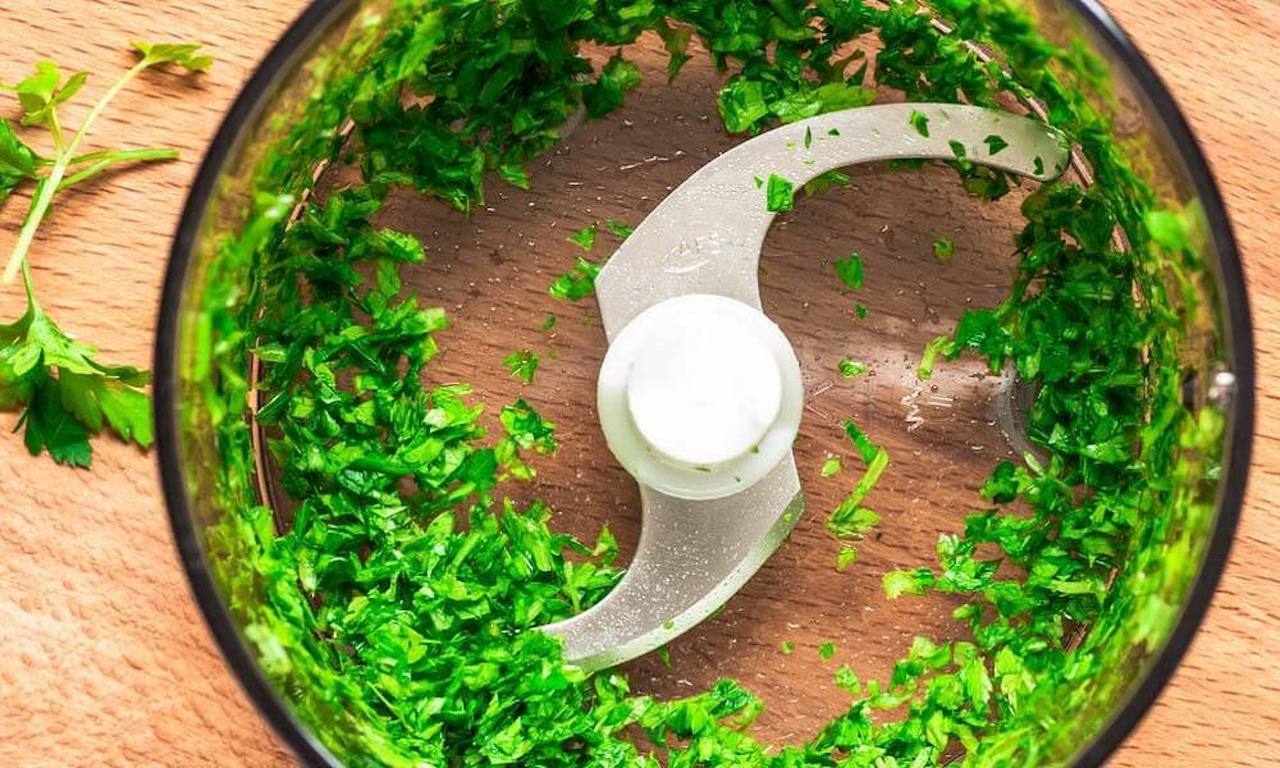
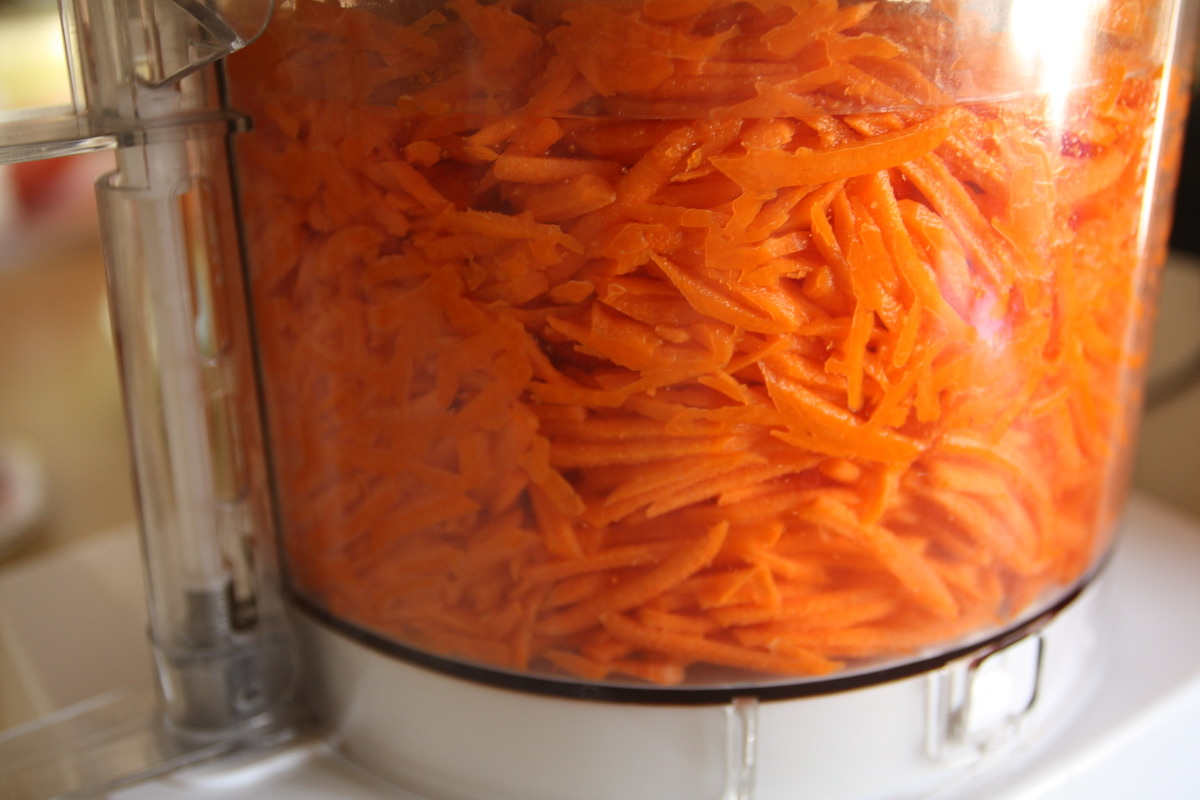
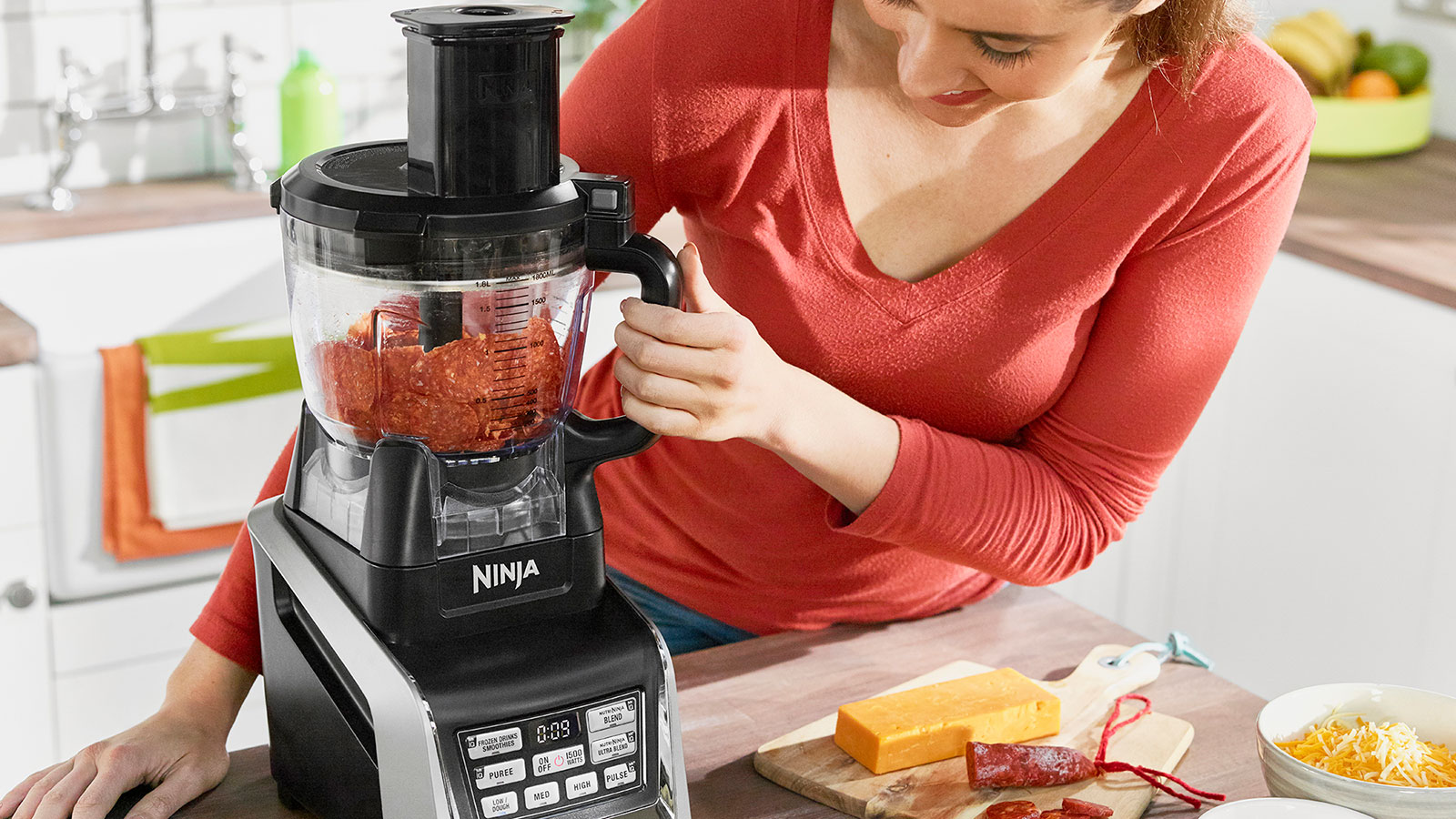
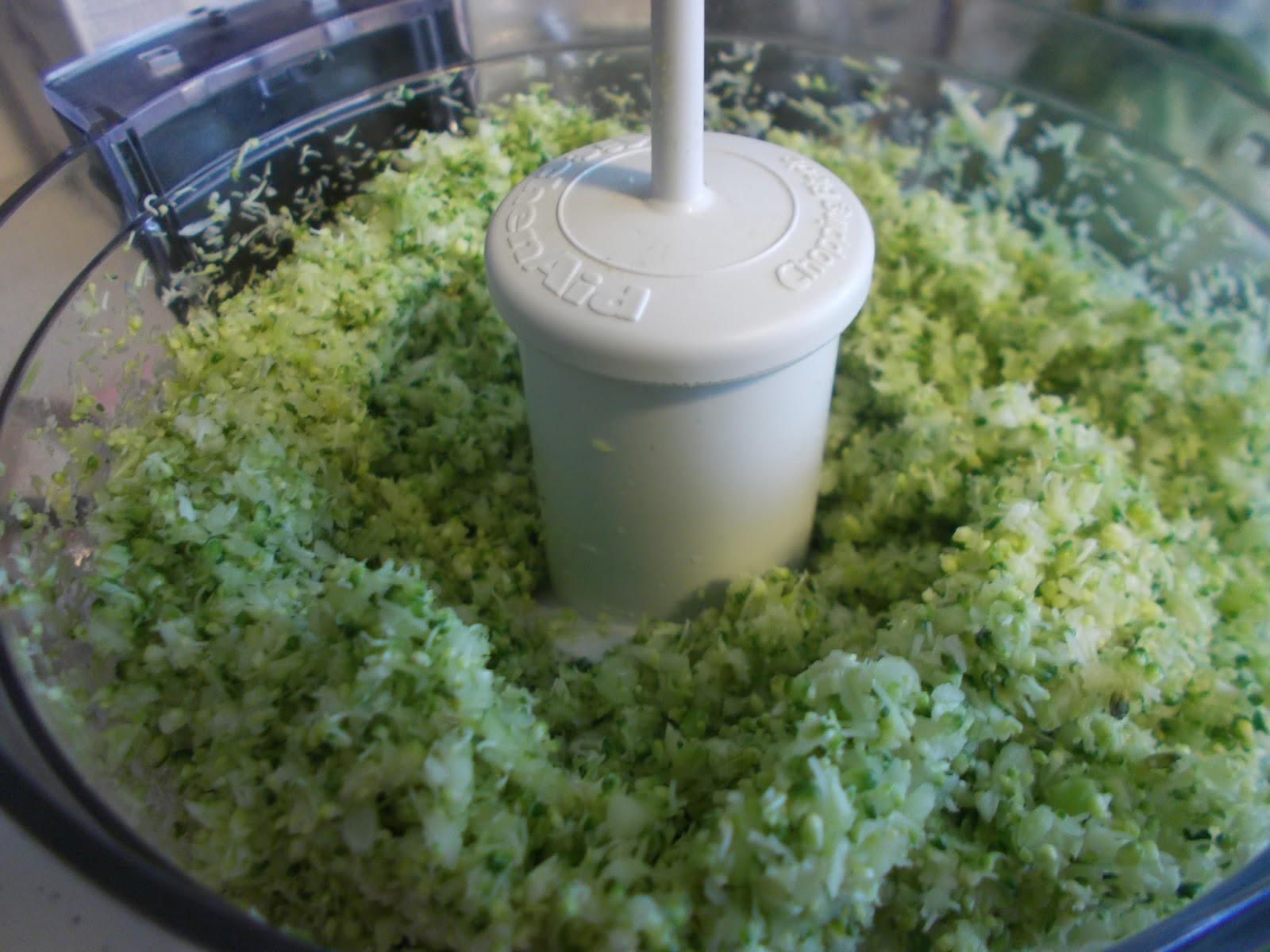
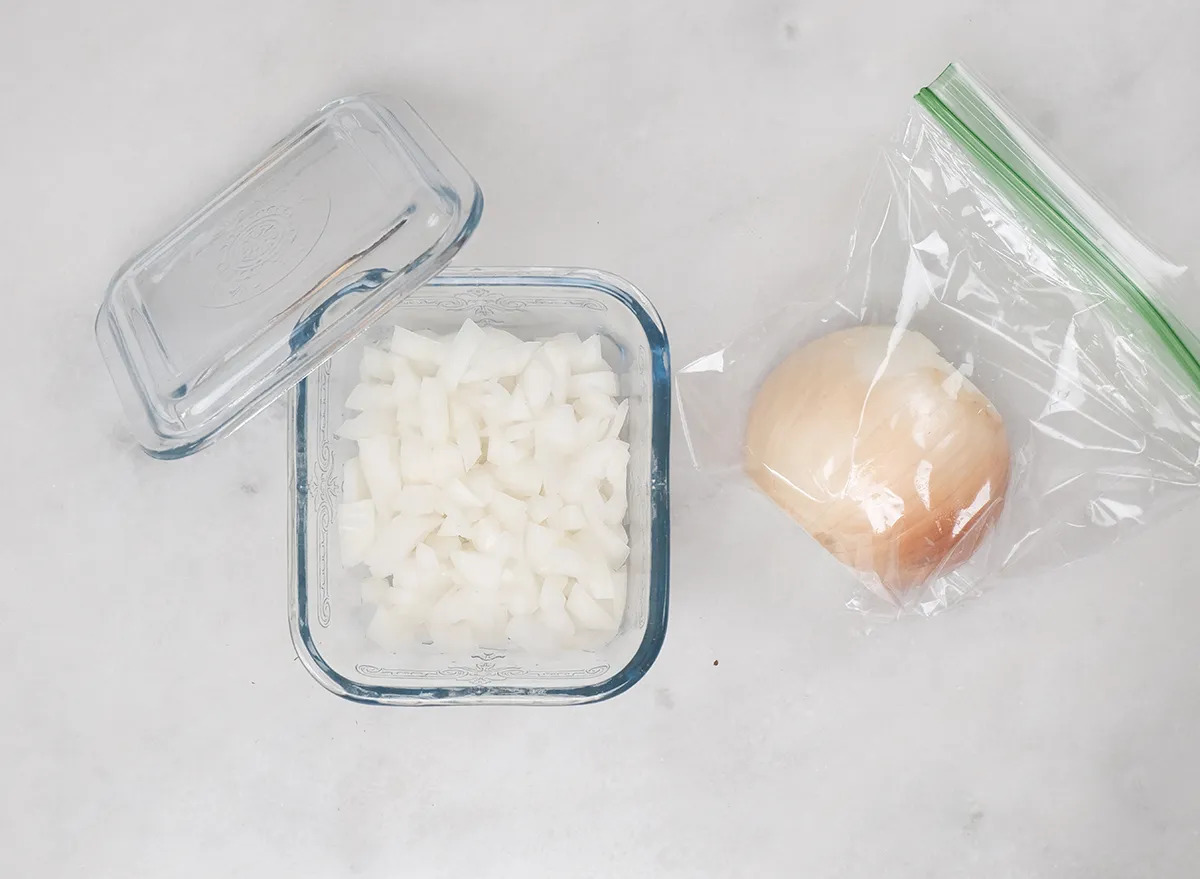
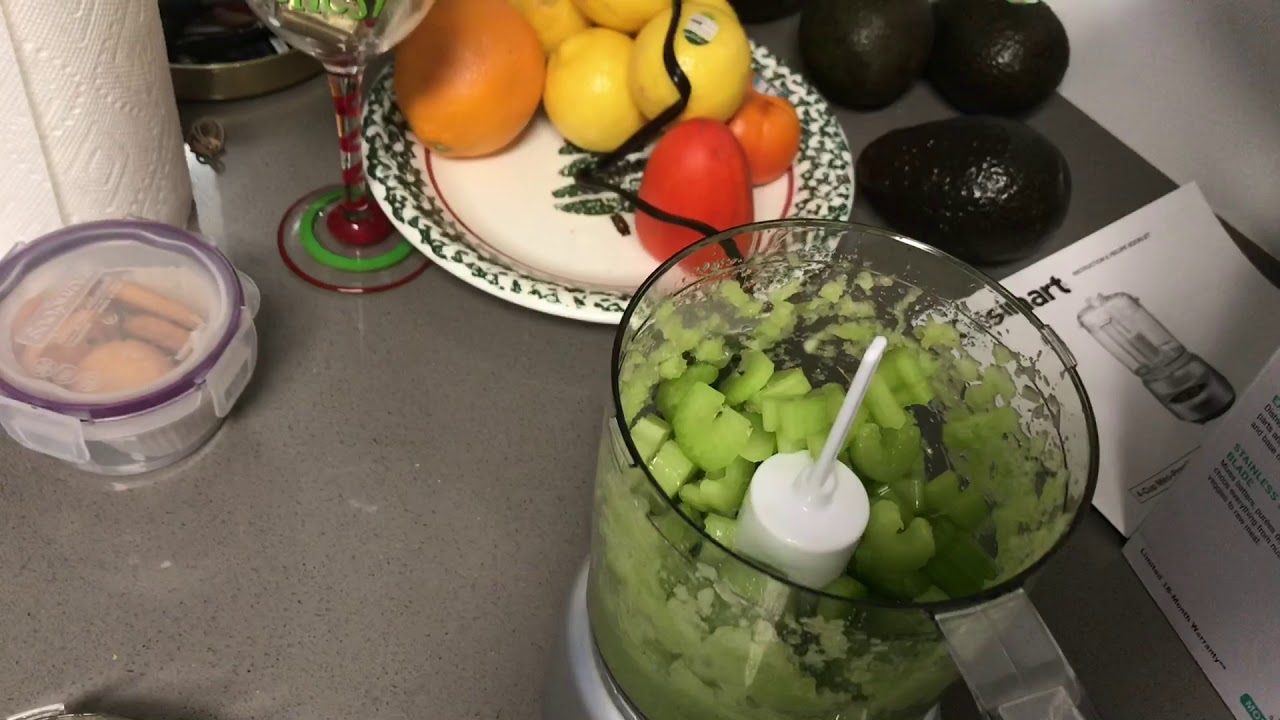

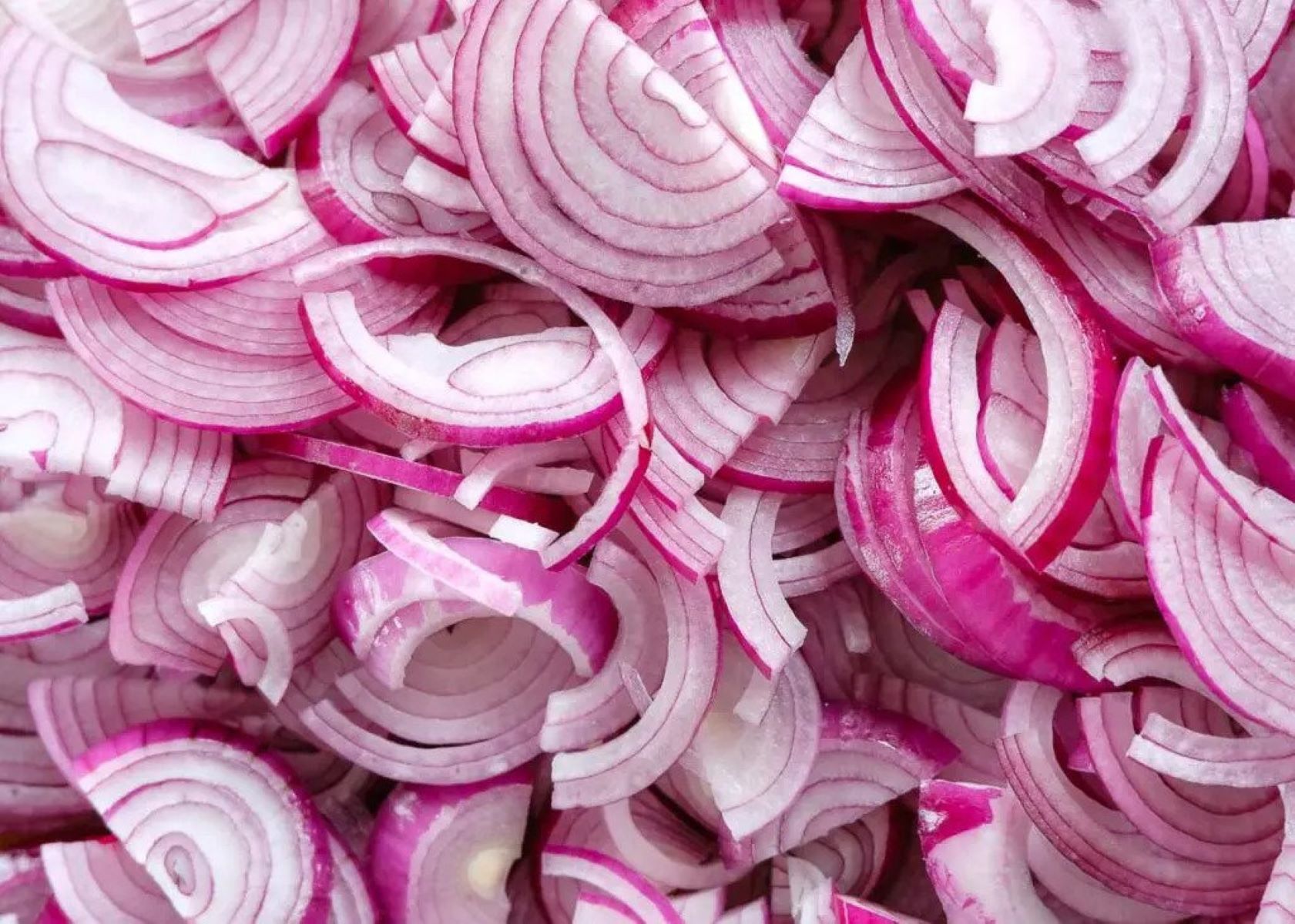
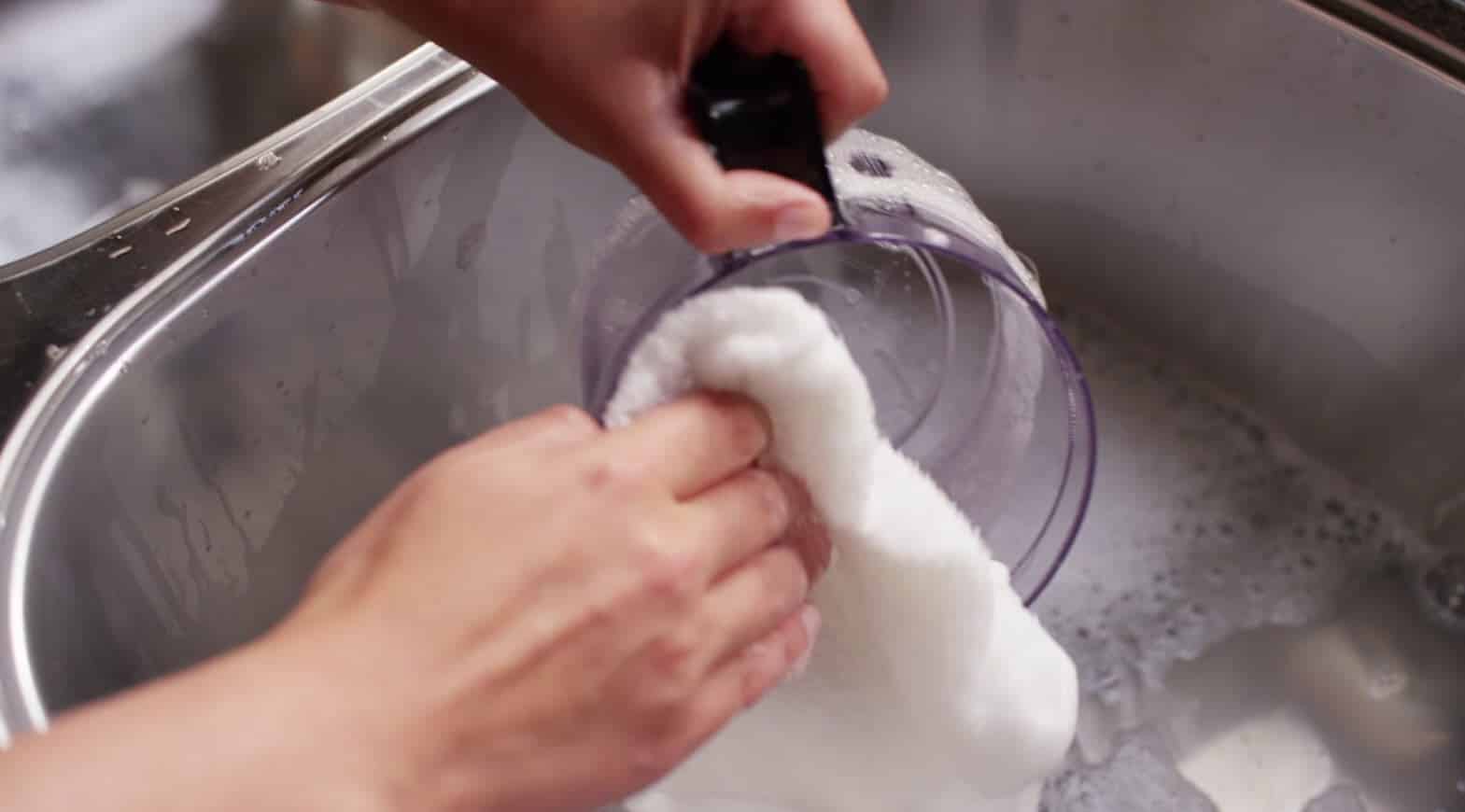
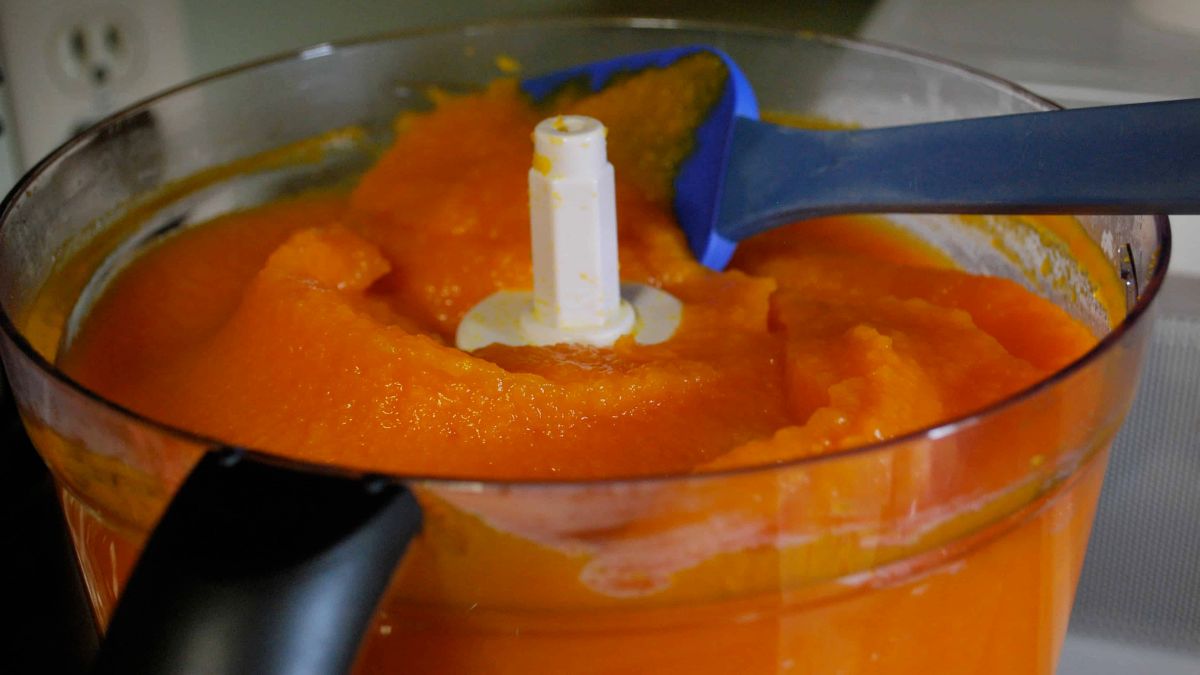
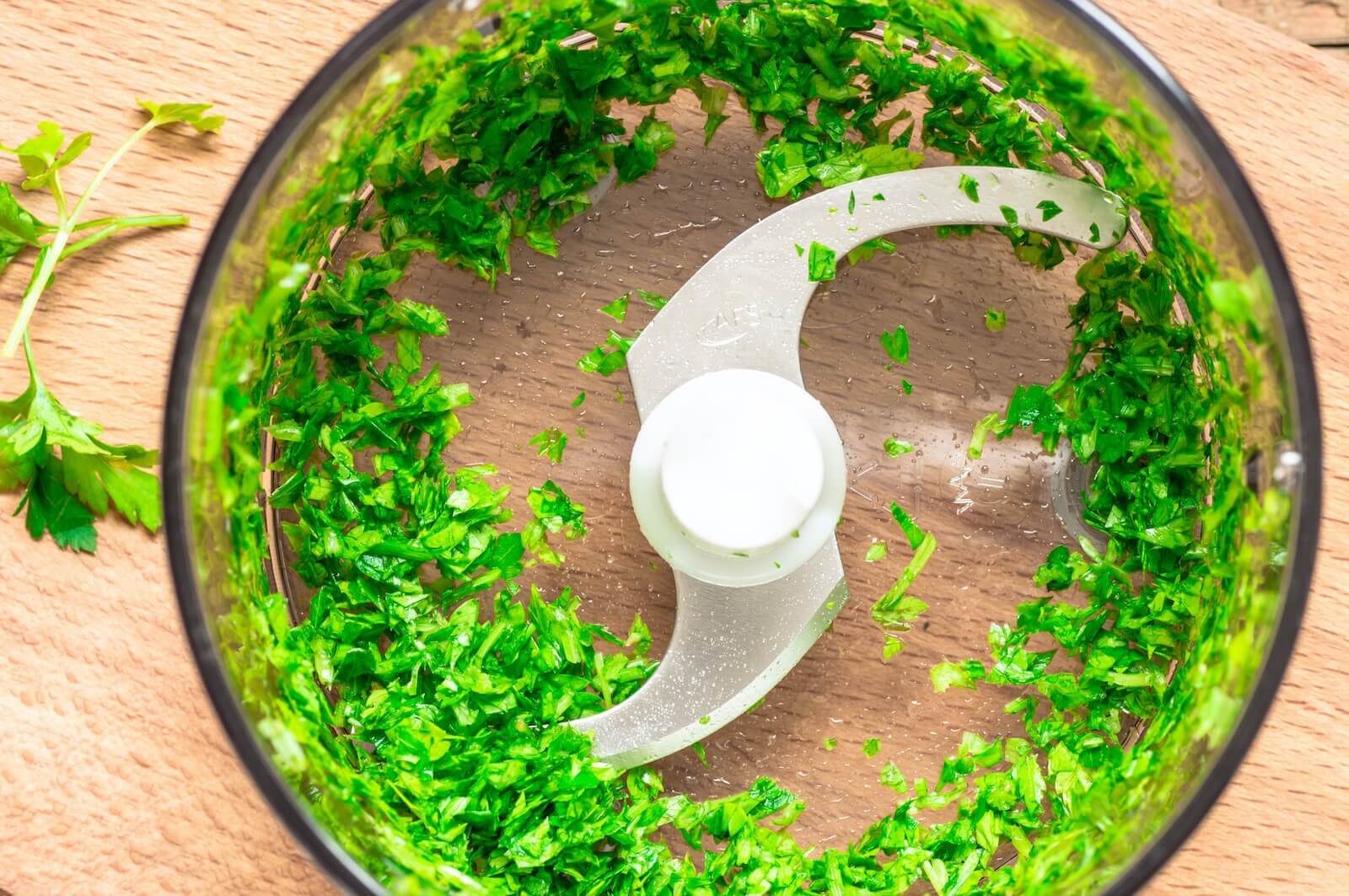
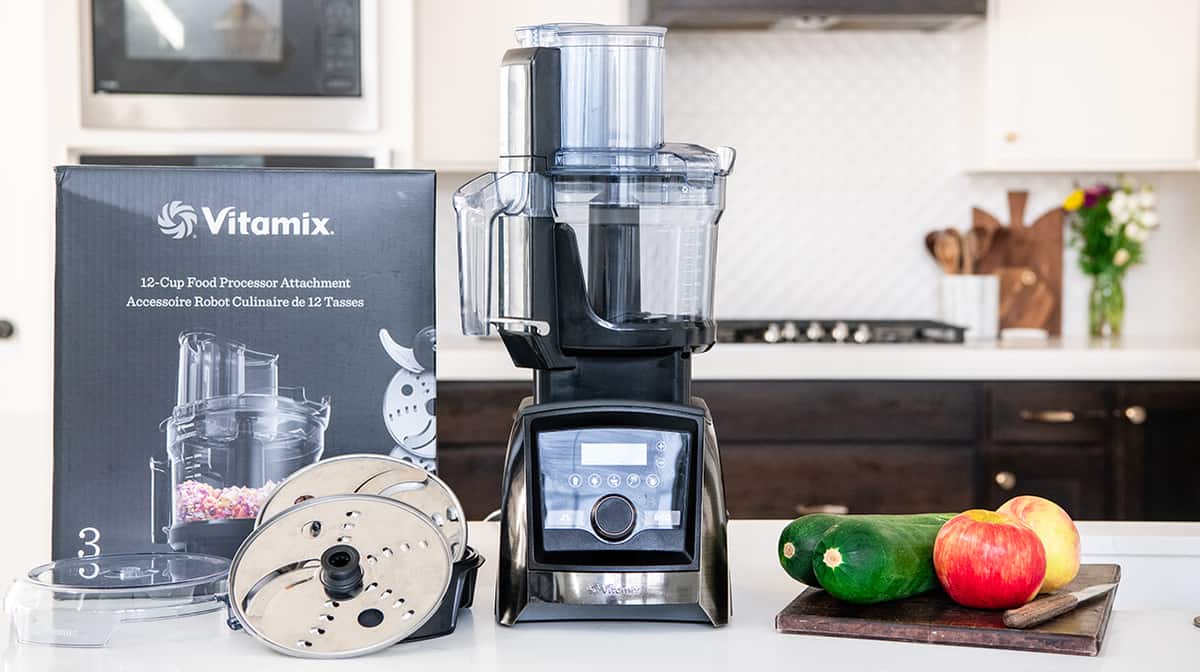
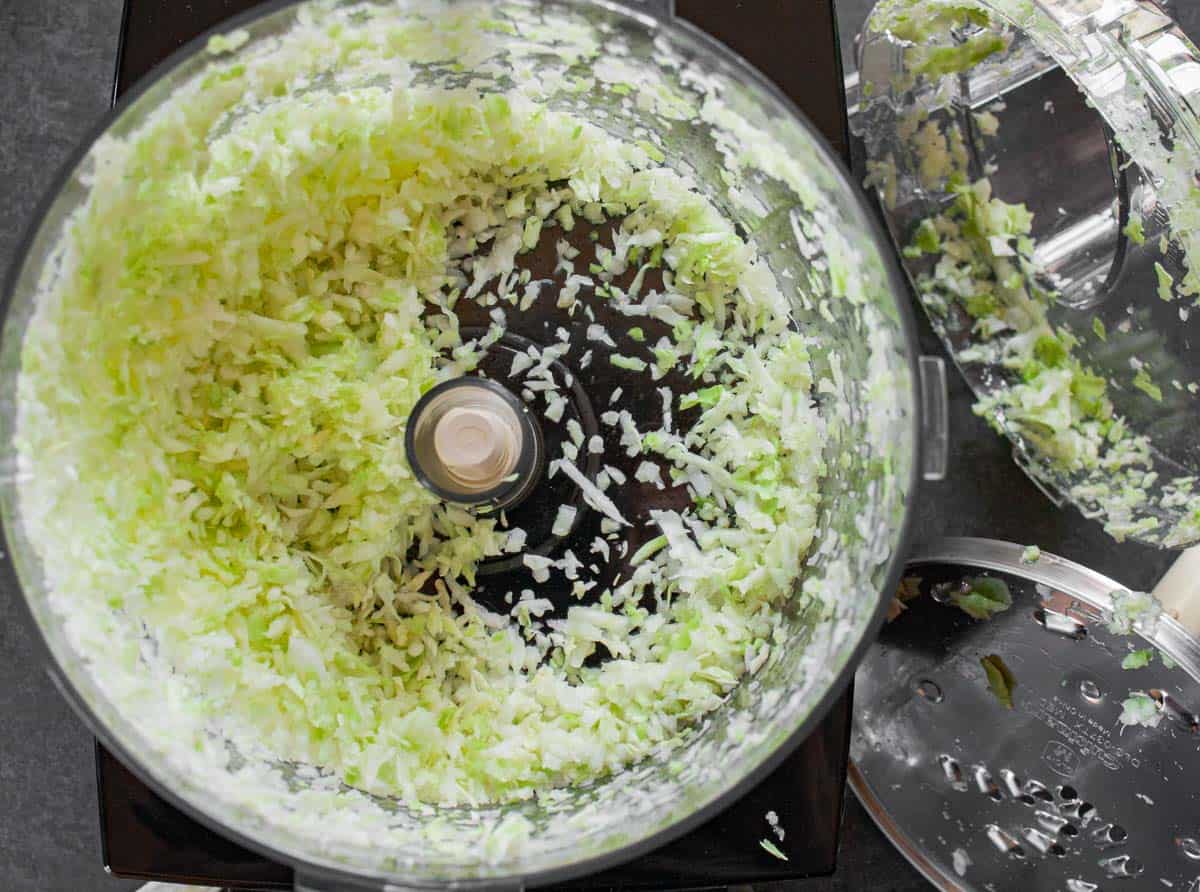

0 thoughts on “How To Chop Onion In Food Processor”